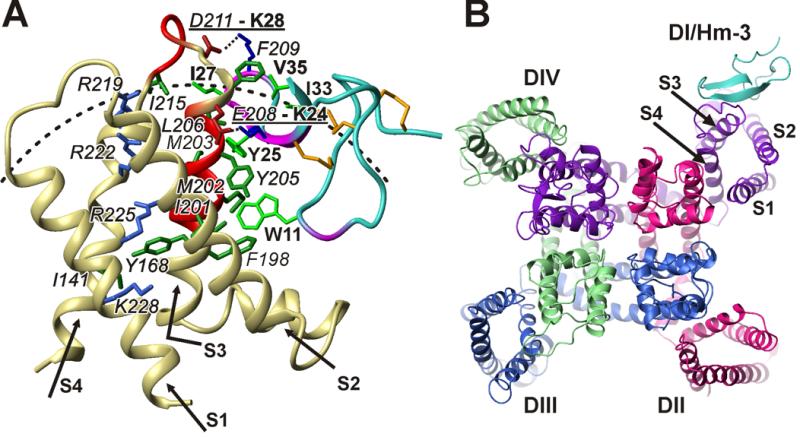Press-room / news / Science news /
Spider venom will cure from paralysis
Scientists from IBCh RAS together with foreign colleagues discovered that a toxin from the venom of the spider Heriaeus melloteei may serve as a hit in drug discovery for hypokalemic periodic paralysis type 2. The disease is caused by mutations in the gene encoding voltage-gated sodium channels NaV1.4, characteristic of skeletal muscles. As a result of the mutations, these channels conduct aberrant currents, the muscles are unable to respond to the signals of the nervous system, and weakness develops followed by paralysis. Until now, there is no reliable medication for all cases of this disease. The results of the work are published in the Proceedings of the National Academy of Sciences of the USA (PNAS).

Heriaeus spider, courtesy of Óscar Méndez.
Voltage-gated sodium channels determine the excitability of cells of the nervous and muscular systems and the generation of action potentials. Mutations of the genes encoding these channels can lead to various diseases. For example, certain defects in muscle-type NaV1.4 channels lead to that even in the closed state they conduct ions. As a result, the membrane of myocytes is depolarized, and the channels inactivate. Signals from the nervous system are no longer capable of exciting the muscle leading to paralysis. Patients with hypokalemic periodic paralysis type 2 develop muscle weakness or even complete immobilization. Unfortunately, existing drugs to alleviate their condition are often ineffective.
Researchers used a whole arsenal of methods including genetic and protein engineering, electrophysiology, NMR spectroscopy and computer modeling to study the causes leading to the malfunction of the mutant channels. Hm-3 toxin from Heriaeus melloteei spider venom was proposed as a blocker of such channels for the first time. It turned out to fix the voltage-sensing domain of the channels in a position eliminating the aberrant current. The discovery of such toxin action suggests that it is possible to create effective drugs for the treatment of patients with hypokalemic paralysis and other similar diseases. The obtained model of interaction of the channel and toxin from spider venom opens prospects for the development of new drugs.
This work was performed at the Laboratory of Molecular Instruments for Neurobiology headed by Dr Alexander Vassilevski, Group of Structural Biology of Ion Channels headed by Dr.Sc. RAS Professor Zakhar Shenkarev, and Group of Bioengineering of Neuromodulators and Neuroreceptors headed by Dr Ekaterina Lyukmanova (all from IBCh RAS) together with colleagues from the Biological Faculty of Lomonosov Moscow State University and MIPT, as well as foreign colleagues from the Institute of Neurology, University College London, and Johns Hopkins University School of Medicine, Baltimore. The work was funded by the Russian Academy of Sciences (Molecular and Cell Biology Program) and the Russian Science Foundation.

Structure of complex between human muscle-type NaV1.4 channel with Hm-3 toxin from Heriaeus melloteei spider venom according to NMR. (A) Complex between Hm-3 (blue/violet) and the first voltage-sensing domain (DI) of the channel (sand/red). Side view, from within the lipid bilayer. (B) Full-sized toxin-channel complex. A view of the membrane plane from the extracellular side. Courtesy of Zakhar Shenkarev.
april 13, 2018

